- página inicial
- Produtos
- Sobre Nós
- VÍDEOS
- Aplicação
- notícias
- Centro de Ajuda
- Entre em Contato
À medida que a indústria de manufatura avança, a soldagem robótica está rapidamente substituindo a soldagem manual tradicional. Essa mudança é particularmente evidente em setores como a produção automotiva, onde os sistemas robóticos estão se tornando o padrão da indústria devido ao...
Entre em Contato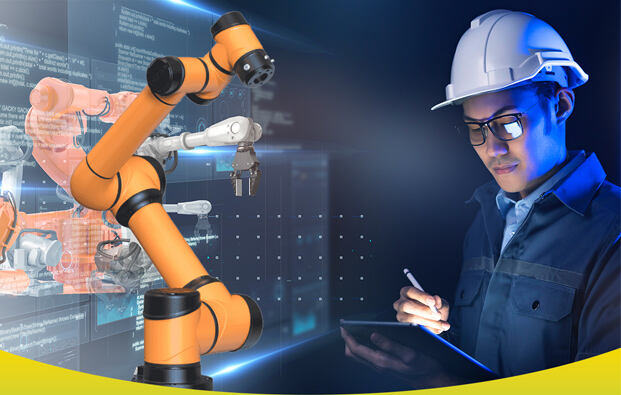
À medida que a indústria de manufatura avança, solda robótica está rapidamente substituindo a solda manual tradicional. Essa mudança é particularmente evidente em indústrias como a produção automotiva, onde os sistemas robóticos estão se tornando o padrão da indústria devido aos seus diversos benefícios. Entre os vários avanços na tecnologia de soldagem, solda a laser robótica 3D emergiu como uma importante inovação, oferecendo melhorias significativas em eficiência, qualidade e custo-benefício.
Benefícios da Solda a Laser Robótica 3D
1. Aumento da Eficiência
Os robôs podem operar continuamente, sem a necessidade de pausas ou descanso, ao contrário dos trabalhadores humanos que precisam de turnos e períodos de descanso regulares. Essa capacidade de trabalhar 24/7 não apenas melhora o throughput geral do processo de produção, mas também elimina a necessidade de despesas relacionadas à mão de obra, como salários, seguridade social ou proteção laboral. Em cenários de produção em massa, sistemas robóticos podem soldar mais rápido e com maior precisão, resultando em um aumento substancial na eficiência da produção.
2. Qualidade Consistente
Uma das principais vantagens da solda robótica é sua precisão. Os robôs executam tarefas de soldagem com alta acurácia, eliminando a variabilidade introduzida por erros humanos. Essa precisão é particularmente importante em indústrias onde padrões de alta qualidade são cruciais, como em processos de produção em grande volume e repetitivos. Como resultado, a soldagem robótica garante uma qualidade consistente e estável em cada solda.
3. redução de custos
Embora o investimento inicial em sistemas de solda robótica possa parecer significativo, os benefícios a longo prazo superam com folga os custos. Os robôs ajudam a reduzir os custos com mão de obra, pois não exigem trabalhadores humanos para cada tarefa de soldagem. Além disso, os sistemas de solda robótica minimizam as taxas de defeitos e o desperdício de materiais, contribuindo para economias substanciais a longo prazo. As melhorias na eficiência também significam que o retorno sobre o investimento (ROI) dos sistemas de solda robótica geralmente é realizado dentro de poucos meses.
4. Segurança aprimorada
Os sistemas robóticos podem operar em ambientes perigosos que seriam arriscados para os trabalhadores humanos. Esses incluem zonas de alta temperatura, áreas com fumaças tóxicas ou lugares onde há exposição à luz intensa. Ao assumirem essas tarefas perigosas, os robôs não apenas protegem os trabalhadores de lesões, mas também reduzem sua exposição a substâncias nocivas, melhorando a segurança geral do local de trabalho.
5. Produção Inteligente e Flexível
Os avanços na inteligência artificial (IA) e no aprendizado de máquina estão permitindo que robôs realizem tarefas cada vez mais complexas. Esses sistemas podem ser integrados em linhas de produção flexíveis, permitindo que se adaptem a diferentes produtos e requisitos de produção. Essa adaptabilidade torna o soldagem robótica adequada para uma ampla gama de aplicações e ambientes de produção.
6. Facilidade de Programação
Uma das percepções erradas comuns sobre sistemas robóticos é que eles exigem operadores altamente qualificados para programar e gerenciar. No entanto, os modernos sistemas de soldagem robótica são projetados pensando na facilidade de uso. Com a formação adequada, os operadores podem aprender rapidamente a programar sistemas robóticos para tarefas de soldagem. O processo de programação é simplificado, permitindo que os operadores adquiram proficiência em um curto período.
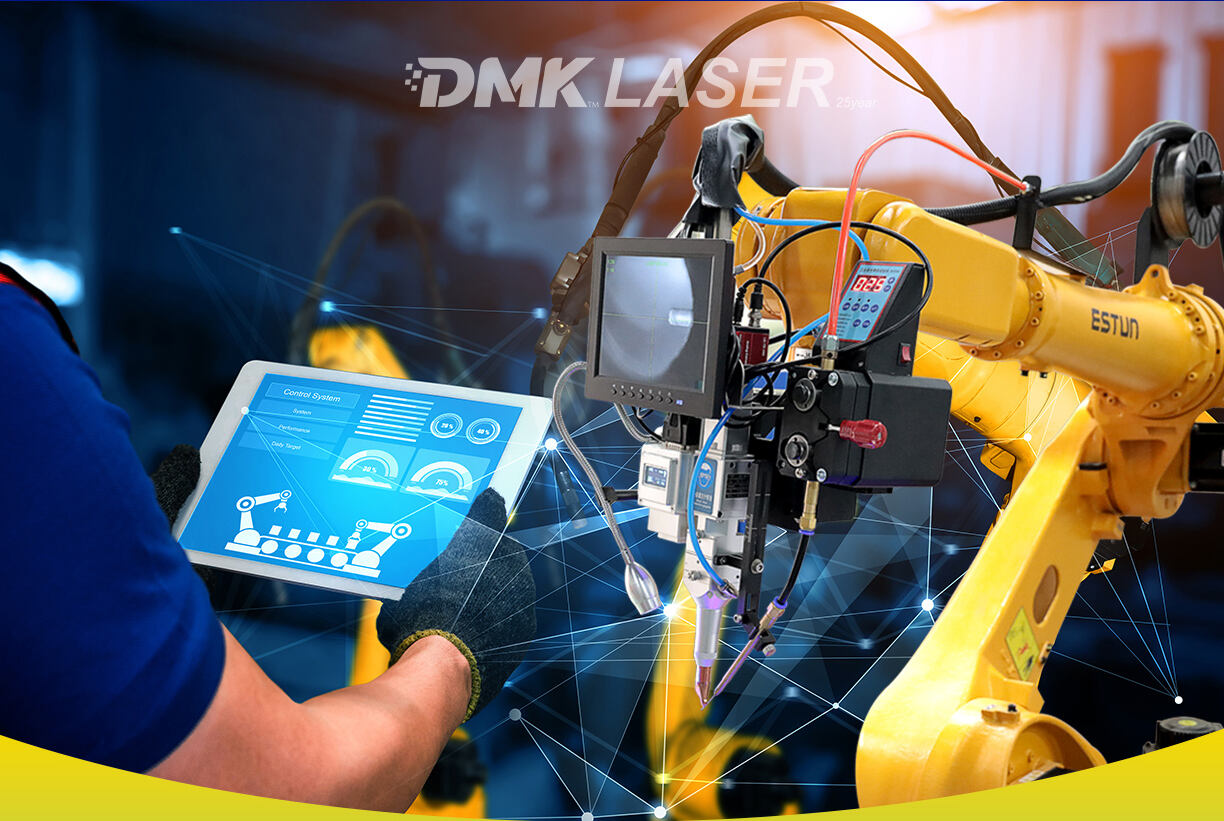
7. Interface de Processo Intuitiva
Sistemas de soldagem robótica são equipados com interfaces visuais que facilitam para os operadores ajustar parâmetros-chave, como potência do laser e oscilação. Esses controles intuitivos podem ser acessados através de um ensino por pêndulo, eliminando a necessidade de controladores adicionais. A configuração simplificada reduz a complexidade de operação de sistemas de soldagem robótica, tornando-os acessíveis até mesmo para trabalhadores com experiência técnica limitada.
A Transição da Soldagem Tradicional para Soldagem Robótica e a Laser
Tradicionalmente, a soldagem robótica esteve associada a processos de soldagem por arco. No entanto, com o aumento da soldagem a laser, especialmente a queda no preço de Máquinas de solda a laser portáteis , a paisagem da tecnologia de solda está mudando. Em particular, a solda a laser está rapidamente substituindo métodos tradicionais de solda, especialmente para aplicações em chapas finas. Além disso, para materiais mais espessos, técnicas híbridas de solda que combinam laser e solda por arco estão ganhando popularidade. A integração de sistemas robóticos com máquinas de solda a laser representa o próximo passo在这在这在这在这在这在这在这在这在这在这在这在这在这在这在这在这在这在这在这在这在这在这在这在这在这在这在这在这在这在这在这在这在这在这在这在这在这在这在这在这在这在这在这在这在这在这在这在这在这在这在这在这在这在这在这在这在这在这在这在这在这在这在这在这在这在这在这在这在这在这在这在这在这在这在这在这在这在这在这在这在这在这在这在这在这在这在这在这在这在这在这在这在这在这在这在这在这在这在这在这在这 dessa evolução, oferecendo ainda maior precisão e flexibilidade.
Como resultado, sistemas robóticos de solda a laser estão se tornando cada vez mais populares em várias indústrias. Esses sistemas são particularmente eficazes em ambientes onde velocidade, precisão e produção em alta escala são críticos.
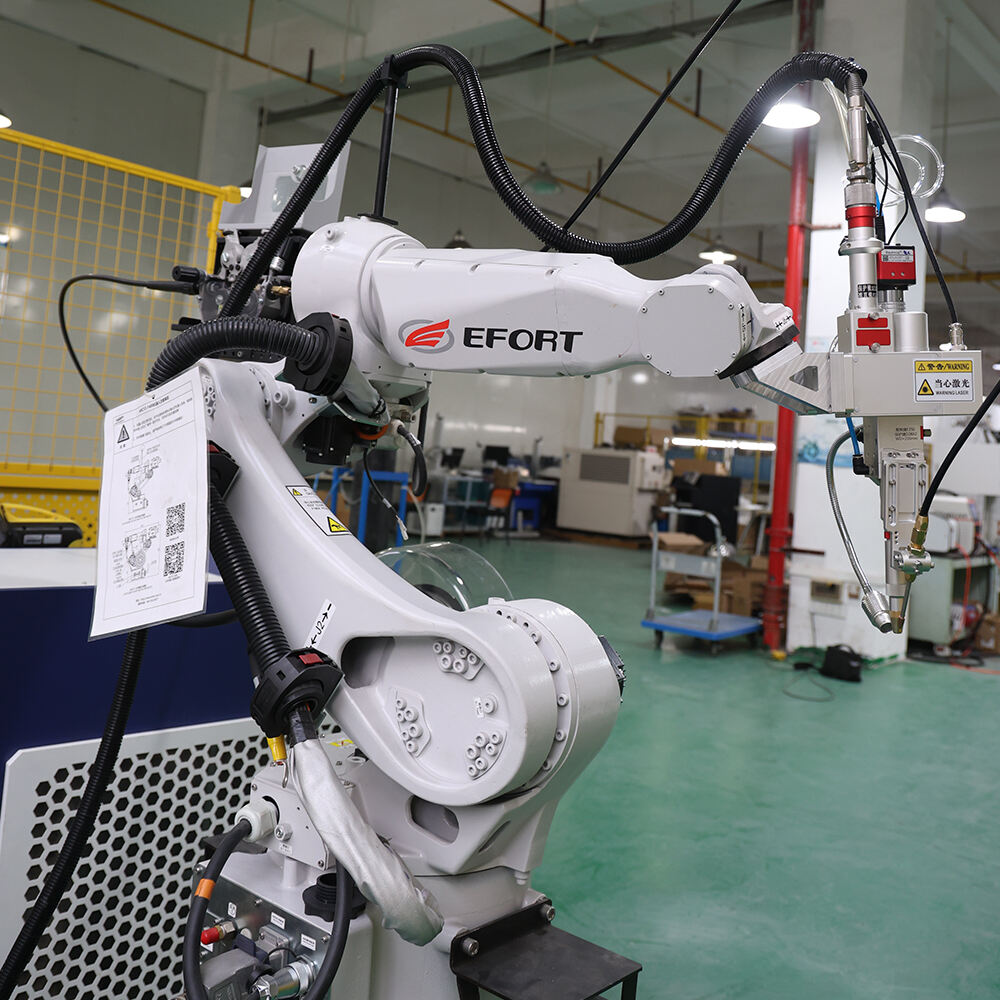
Abordando Principais Preocupações para Empresas de Processamento de Chapas Metálicas
Para donos de empresas de processamento de chapas metálicas que consideram a transição para solda robótica, há vários fatores importantes a serem levados em conta. Duas principais preocupações geralmente surgem:
Complexidade de Programação: Muitos proprietários de empresas se preocupam que a programação de sistemas de solda robótica seja muito complexa para sua força de trabalho dominar. Eles também podem estar preocupados que a programação leve muito tempo e atrase o cronograma geral de produção.
Fontes e Suporte Pós-Venda: Outra preocupação comum é se é viável adquirir sistemas robóticos e equipamentos de solda a laser da China, e se a instalação será simples. Proprietários de empresas também podem se perguntar sobre a disponibilidade de suporte pós-venda, treinamento e serviço de longo prazo.
Essas preocupações são válidas, mas podem ser abordadas eficazmente com a abordagem e o sistema de suporte adequados.
Nosso Solda a Laser Robótica 3D Solução
Na DMK Laser, oferecemos uma solução completa de solda a laser robótica 3D projetada para atender às necessidades das empresas de processamento de chapas metálicas. Nossa solução aborda as principais preocupações dos proprietários de empresas e oferece vários recursos-chave:
1. Estrutura e Construção de Produto Personalizadas
O sistema de solda robótica pode ser adaptado para atender aos requisitos específicos das peças a serem soldadas. O alcance do braço pode ser ajustado com base no tamanho das peças, e a cabeça de solda a laser apropriada é selecionada de acordo com a espessura da solda. A capacidade de carga do robô e a potência da máquina a laser são configuradas para corresponder às necessidades específicas da aplicação. Além disso, se as peças forem complexas ou de grande porte, acessórios opcionais como eixos rotativos, trilhos de piso e posicionadores podem ser adicionados.

2. Instalação e Configuração
Assim que a configuração for finalizada, o equipamento pode ser enviado em aproximadamente duas semanas. A principal consideração durante a instalação é garantir que o solo possa suportar o peso do robô. A base do robô é fixada ao chão e nivelada para garantir estabilidade. Oferecemos materiais instrucionais abrangentes, incluindo tutoriais em vídeo, para guiá-lo pelo processo de instalação, desde a posicionamento do robô até a calibração do sistema. Também oferecemos suporte online ou podemos conectá-lo com técnicos locais experientes em instalação e depuração de robôs.
3. Suporte Pós-Instalação
Após a instalação, auxiliamos na programação do sistema. Basta fornecer os desenhos da peça e nossa equipe cuidará da programação e das configurações dos parâmetros de processo. Oferecemos três meses de suporte gratuito para programação após a instalação. Após esse período, se serviços adicionais de programação forem necessários, fornecemos esses serviços por demanda.
4. Programas de Treinamento
Oferecemos treinamento no local em nossa instalação em Wuhan, onde os operadores podem aprender a programar os sistemas robóticos e configurar os parâmetros de solda. Para aqueles que não podem comparecer pessoalmente, também fornecemos opções de treinamento online. Nosso treinamento garante que sua equipe estará totalmente preparada para operar o sistema de solda robótica de forma eficaz.
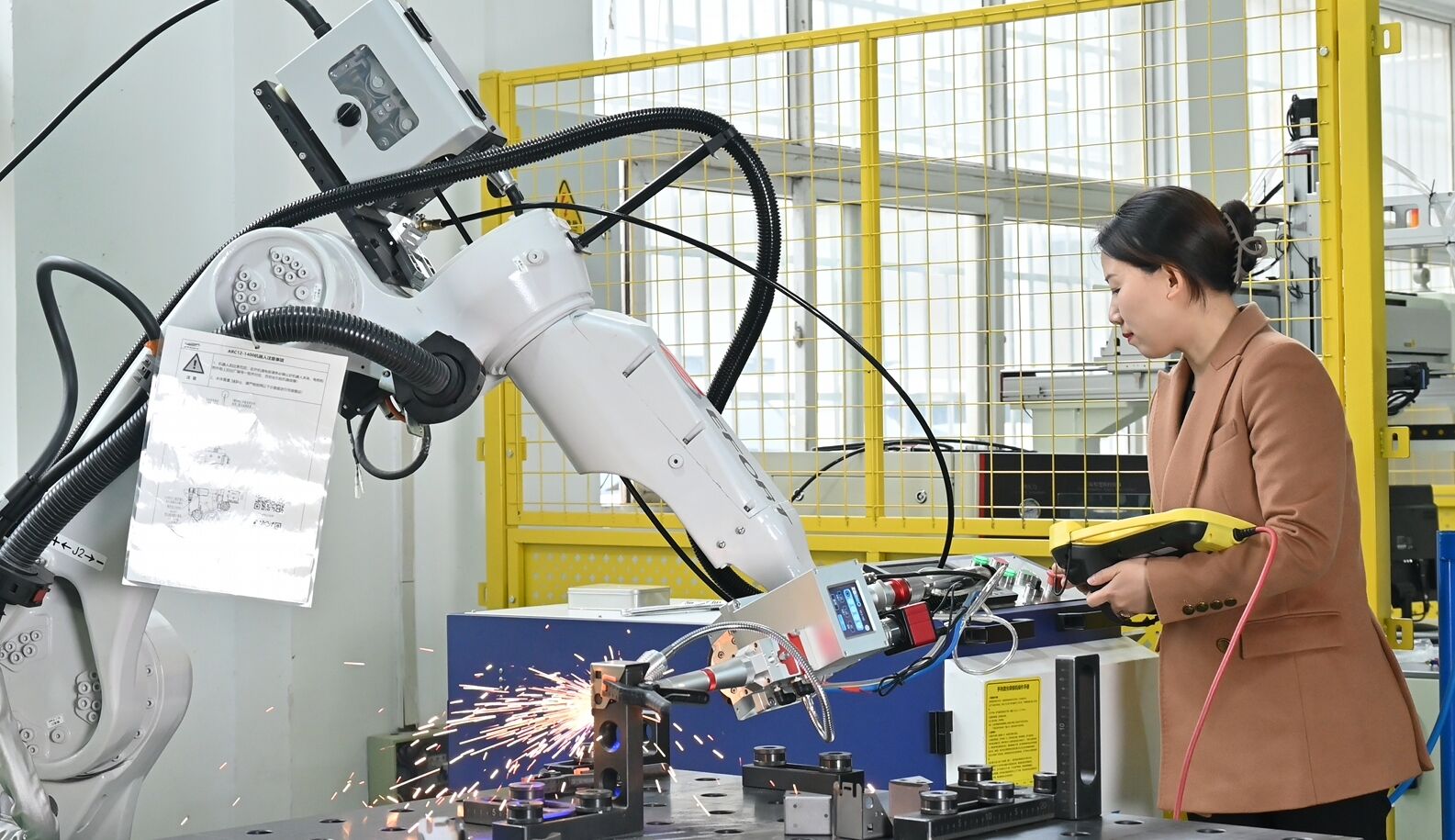
5. Customização e Serviços Adicionais
Além de nossos sistemas de solda robótica padrão, oferecemos soluções personalizadas adaptadas a requisitos específicos de soldagem, incluindo rastreamento de juntas de solda e sistemas de solda inteligentes. Para apoiar o desenvolvimento de processos de solda robótica, criamos um centro de processamento de solda robótica em Wuhan, que oferece uma variedade de serviços de solda 3D. Este centro está equipado para atender diversas necessidades dos clientes, fornecendo dados e insights valiosos sobre o processo.
Convidamos você a visitar nossa empresa para demonstrações, inspeções e sessões de treinamento.
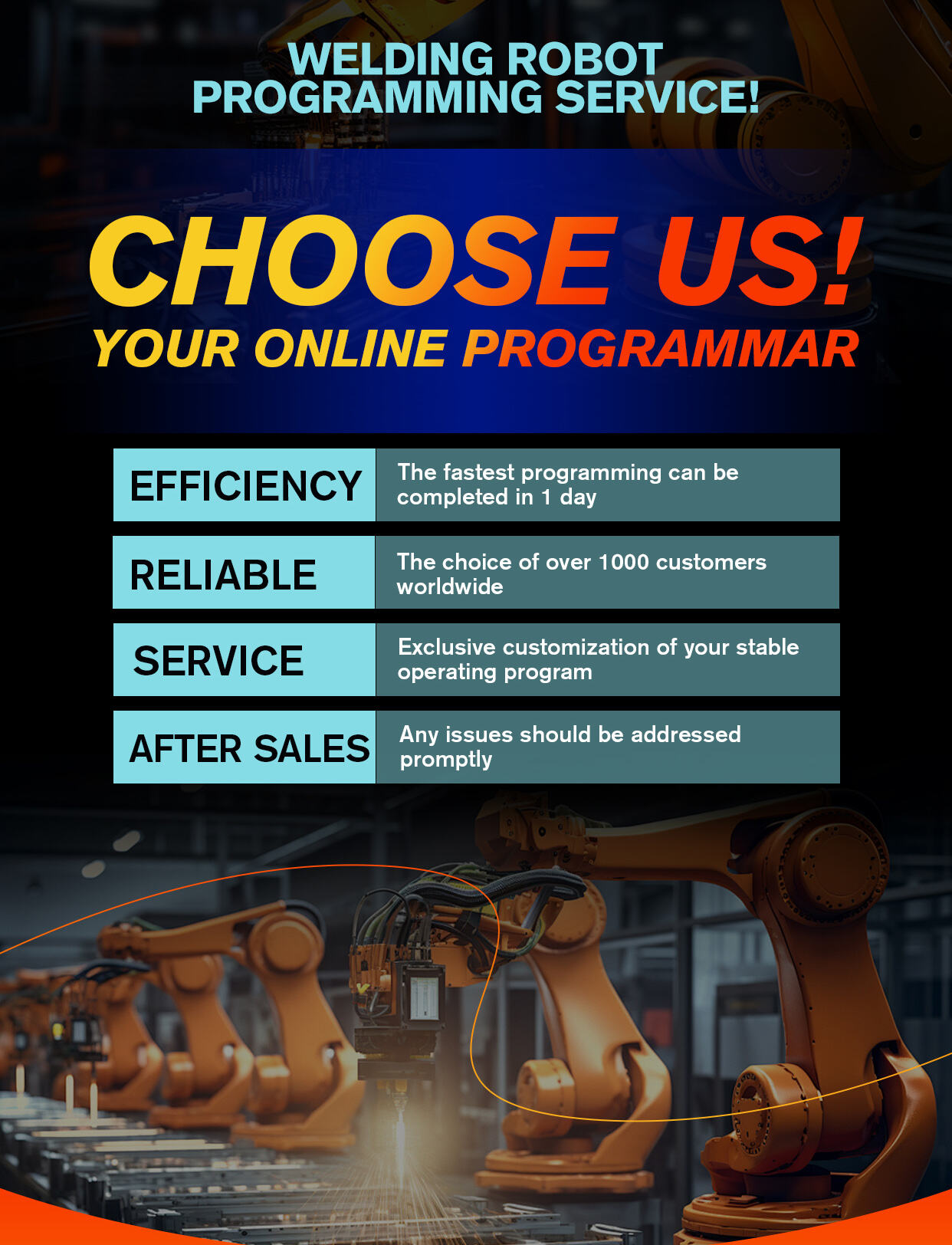
Conclusão
A solda a laser robótica 3D está transformando a indústria de fabricação de chapas metálicas. Ela oferece vantagens significativas em eficiência, qualidade, segurança e economia de custos, tornando-a uma solução ideal para empresas que buscam permanecer competitivas em um mercado em rápida evolução. Na DMK Laser, fornecemos soluções completas de solda a laser robótica, apoiadas por serviços de instalação, programação e treinamento para garantir que nossos clientes tenham uma transição suave para sistemas de solda automatizados.
Se você estiver interessado em saber mais sobre nossas Soldadura por laser robótica soluções, sinta-se à vontade para nos contatar. Estamos ansiosos para ajudar sua empresa a prosperar com tecnologia de ponta.